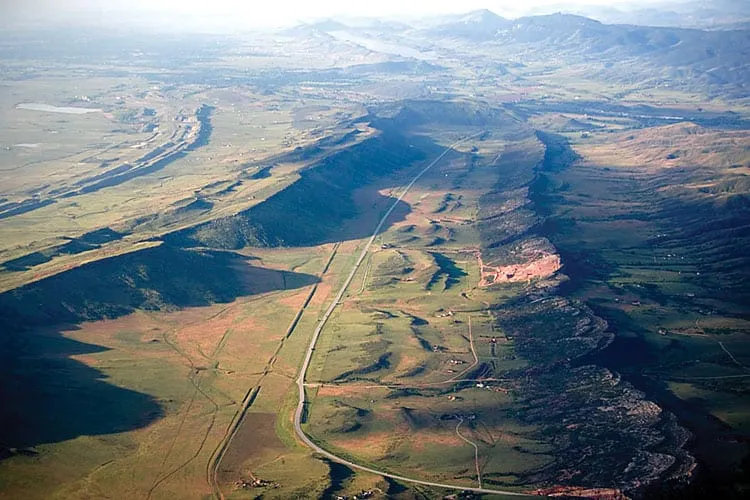Water Wars: Will more storage meet growth’s demands? Will less storage limit it?

The 1989 baseball movie “Field of Dreams” is best known for originating the familiar catchphrase, “If you build it, they will come.”
But along the booming but semi-arid northern Front Range, if reservoirs aren’t built to store mountain snowmelt and water becomes too expensive, will they still come?
“We are in the thick of that debate,” said Reagan Waskom, director of the Colorado Water Institute at Colorado State University in Fort Collins. “In a sense, water becomes a proxy war for growth management.”
Municipalities, developers and agriculture interests are trying to figure out how to…
THIS ARTICLE IS FOR SUBSCRIBERS ONLY
Continue reading for less than $3 per week!
Get a month of award-winning local business news, trends and insights
Access award-winning content today!

